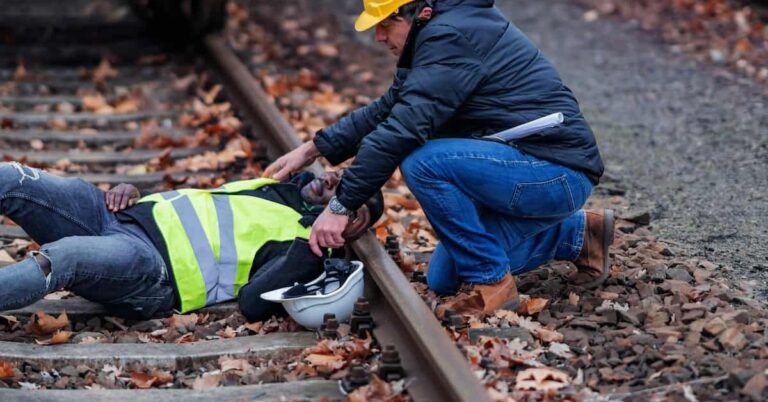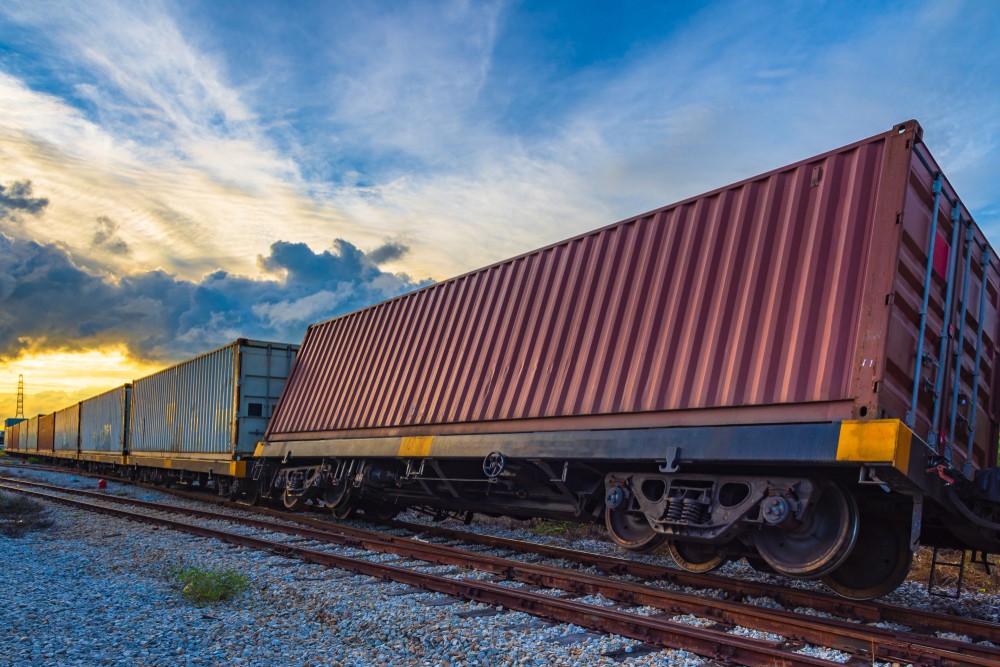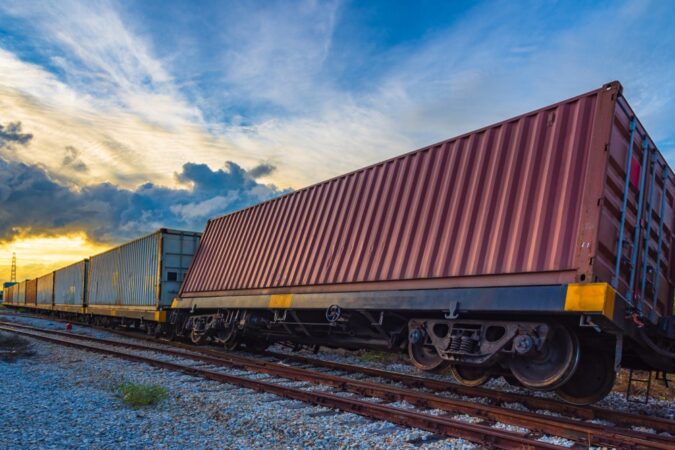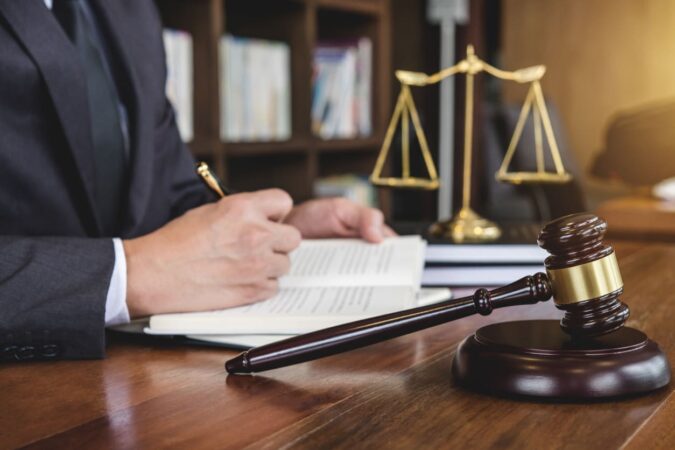
- Understanding Railroad Accident Lawsuits
- Hiring a Railroad Accident Lawyer
- Investigating Railroad Accidents
- Proving Negligence in Railroad Accident Cases
- Damages in Railroad Accident Cases
- Settling Railroad Accident Cases
- Going to Trial in Railroad Accident Cases
- Special Considerations in Railroad Accident Cases
Understanding Railroad Accident Lawsuits

Railroad accident lawsuits are complex legal proceedings that involve unique laws and regulations. Understanding the legal framework governing these lawsuits is crucial for victims seeking compensation and holding negligent parties accountable.
Common causes of railroad accidents include:
– Human error, such as negligence or fatigue
– Equipment failures
– Track defects
– Signal malfunctions
– Natural disasters
Parties typically involved in railroad accident lawsuits include:
– Victims and their families
– Railroad companies
– Insurance companies
– Government agencies (e.g., Federal Railroad Administration)
Hiring a Railroad Accident Lawyer

Hiring a qualified railroad accident lawyer is crucial to maximize your compensation and protect your rights after an accident. Railroad accident lawyers have specialized knowledge and experience in handling complex railroad accident cases, which can significantly increase your chances of a successful outcome.
Benefits of Hiring a Railroad Accident Lawyer
* Expertise in Railroad Law: Railroad accident lawyers are well-versed in the complex laws and regulations governing railroad accidents. They understand the unique challenges and obstacles involved in these cases.
* Investigation and Evidence Gathering: Lawyers will thoroughly investigate the accident, gather evidence, and interview witnesses to build a strong case on your behalf. They have access to expert witnesses and resources that can help establish liability and prove negligence.
* Negotiation and Settlement: Railroad accident lawyers are skilled negotiators who can maximize your compensation through settlements or verdicts. They will advocate for your rights and ensure you receive fair compensation for your injuries, lost wages, and pain and suffering.
* Protection from Insurance Companies: Insurance companies often try to minimize their payouts after railroad accidents. Lawyers can represent you and protect your interests against aggressive insurance adjusters.
* Legal Representation in Court: If necessary, lawyers will represent you in court and present your case before a judge or jury. They will fight for your rights and seek the maximum possible compensation.
Tips for Finding a Qualified Railroad Accident Lawyer
* Look for Experience: Choose a lawyer who has extensive experience handling railroad accident cases. Ask about their track record and the types of cases they have handled.
* Check Credentials: Verify the lawyer’s credentials, including their bar membership, education, and any specialized certifications in railroad law.
* Read Reviews and Testimonials: Research online reviews and testimonials from past clients to gauge the lawyer’s reputation and client satisfaction.
* Schedule a Consultation: Meet with several lawyers for a free consultation to discuss your case and assess their knowledge, empathy, and communication skills.
Typical Fees and Costs
Railroad accident lawyers typically work on a contingency fee basis, meaning they only get paid if they win your case. The fee is usually a percentage of the settlement or verdict amount, typically ranging from 33% to 40%. In addition, you may be responsible for certain costs, such as filing fees, expert witness fees, and medical records retrieval.
Investigating Railroad Accidents
Investigating railroad accidents is a complex and time-consuming process that requires a team of experts. The first step is to secure the scene and preserve evidence. This includes taking photographs, collecting witness statements, and interviewing railroad employees. Once the scene is secure, investigators will begin to examine the wreckage and look for clues about what caused the accident.
Experts in railroad accident investigations typically include engineers, metallurgists, and human factors specialists. Engineers can examine the wreckage to determine how the accident occurred. Metallurgists can analyze the metal components of the train to look for signs of fatigue or other defects. Human factors specialists can interview the train crew and other witnesses to determine if there were any human errors that contributed to the accident.
Preserving evidence is critical in railroad accident cases. This includes not only physical evidence, such as the wreckage and the train’s data recorders, but also electronic evidence, such as cell phone records and text messages. Preserving evidence can help investigators determine what caused the accident and who is liable for the damages.
Proving Negligence in Railroad Accident Cases
In the context of railroad accidents, negligence refers to the failure of a railroad company or its employees to exercise reasonable care, resulting in harm or injury to individuals. To establish negligence in railroad accident cases, several elements must be proven:
– Duty of care: The railroad company has a legal duty to provide a safe environment for passengers, employees, and others who may come into contact with its operations.
– Breach of duty: The railroad company or its employees must have breached this duty of care by acting or failing to act in a reasonably prudent manner.
– Causation: The breach of duty must have directly caused the accident and the resulting injuries or damages.
– Damages: The plaintiff must have suffered compensable damages, such as medical expenses, lost wages, pain and suffering, or property damage.
Proving negligence in railroad accident cases can be challenging due to the complex nature of railroad operations and the often-contradictory accounts of witnesses. However, various methods can be employed to gather evidence and establish liability, including:
– Eyewitness testimony: Statements from individuals who witnessed the accident can provide valuable insights into the events leading up to and during the crash.
– Expert testimony: Railroad accident reconstruction experts can analyze the physical evidence and provide opinions on the cause of the accident and the parties responsible.
– Physical evidence: Examination of the train, tracks, and surrounding area can reveal clues about the cause of the accident, such as brake marks, damaged equipment, or signal malfunctions.
– Documentation: Records from the railroad company, such as maintenance logs, train schedules, and communication records, can provide important information about the condition of the equipment and the actions of the crew.
– Government investigations: Agencies such as the Federal Railroad Administration (FRA) and the National Transportation Safety Board (NTSB) often conduct independent investigations into railroad accidents, which can produce valuable reports and findings.
By carefully gathering and analyzing evidence, plaintiffs and their attorneys can build a strong case to prove negligence in railroad accident cases and seek compensation for the damages suffered.
Damages in Railroad Accident Cases
In railroad accident cases, victims can seek compensation for various types of damages, including economic and non-economic losses. Economic damages aim to reimburse the victim for financial losses directly resulting from the accident, such as medical expenses, lost wages, and property damage. Non-economic damages compensate for the victim’s intangible losses, such as pain and suffering, emotional distress, and loss of enjoyment of life.
Calculating Damages
The calculation of damages in railroad accident cases involves several factors, including the severity of the injuries, the victim’s age and earning capacity, and the extent of the victim’s pain and suffering. Economic damages are typically calculated based on actual expenses and lost income, while non-economic damages are determined by the jury’s assessment of the victim’s losses.
Factors Affecting Damages
Several factors can affect the amount of damages awarded in railroad accident cases. These include the victim’s contributory negligence, the railroad’s negligence, and the availability of insurance coverage. The victim’s contributory negligence can reduce the amount of damages awarded, while the railroad’s negligence can increase the amount awarded. The availability of insurance coverage can also impact the amount of damages awarded, as the railroad’s insurance policy may limit the amount of compensation available to the victim.
Settling Railroad Accident Cases

Railroad accident settlements involve negotiations between the injured party or their legal representative and the railroad company’s insurance provider. The process typically begins with the injured party presenting a demand letter outlining their injuries, damages, and compensation request. The railroad company then responds with an offer, which may be lower than the demand. Negotiations continue until both parties reach an agreement or decide to proceed with litigation.
Factors to Consider When Negotiating a Settlement
When negotiating a settlement, several factors should be considered, including:
- Severity of injuries: More severe injuries warrant higher compensation.
- Medical expenses: These include past and future medical costs related to the accident.
- Lost wages: Compensation for income lost due to the accident.
- Pain and suffering: Non-economic damages for physical and emotional distress.
- Loss of earning capacity: Compensation for reduced earning potential due to the accident.
- Liability: The extent to which the railroad company is responsible for the accident.
- Insurance coverage: The amount of insurance coverage available to the railroad company.
Tips for Negotiating a Fair Settlement
To negotiate a fair settlement, consider the following tips:
- Hire an experienced railroad accident lawyer: They can provide guidance and protect your rights.
- Gather evidence: Medical records, accident reports, and witness statements support your claim.
- Be realistic about your expectations: Settlements vary based on individual circumstances.
- Don’t settle too quickly: Allow time for negotiations and ensure you receive fair compensation.
- Consider mediation or arbitration: These alternative dispute resolution methods can facilitate settlements.
Going to Trial in Railroad Accident Cases
Going to trial in a railroad accident case can be a daunting experience, but it is important to be prepared for the possibility. The process of going to trial can be complex and time-consuming, but it can also be the best way to get the compensation you deserve.
There are several advantages to going to trial in a railroad accident case. First, a trial gives you the opportunity to present your case to a jury and have them decide who is at fault for the accident. Second, a trial can result in a larger settlement than you would be able to get through negotiations with the railroad company. Third, a trial can help to hold the railroad company accountable for its actions and prevent similar accidents from happening in the future.
However, there are also some disadvantages to going to trial. First, trials can be expensive and time-consuming. Second, there is no guarantee that you will win your case. Third, going to trial can be emotionally draining.
If you are considering going to trial in a railroad accident case, it is important to talk to an experienced railroad accident lawyer. An attorney can help you to assess your case, prepare for trial, and represent you in court.
Preparing for Trial
Preparing for trial in a railroad accident case can be a complex and time-consuming process. However, it is important to be prepared in order to increase your chances of success.
There are several things you can do to prepare for trial:
* Gather evidence. The more evidence you have to support your case, the better. This can include medical records, witness statements, and photographs of the accident scene.
* Hire an expert witness. An expert witness can provide testimony that supports your case. This can be helpful in proving negligence or damages.
* Practice your testimony. You will need to be able to clearly and concisely explain your case to the jury. It is helpful to practice your testimony in front of a mirror or with a friend or family member.
* Be prepared for cross-examination. The railroad company’s attorney will likely cross-examine you during the trial. It is important to be prepared for this and to know how to answer questions without damaging your case.
Going to trial in a railroad accident case can be a difficult decision. However, it is important to be prepared for the possibility and to know what to expect. By following these tips, you can increase your chances of success.
Special Considerations in Railroad Accident Cases
Railroad accident cases present unique challenges due to the complexity of the railroad industry and the severity of the injuries often involved.
The Federal Railroad Administration (FRA) plays a crucial role in investigating railroad accidents and ensuring compliance with safety regulations. The FRA’s investigators are highly trained and experienced in railroad operations and can provide valuable insights into the causes of an accident.
When handling railroad accident cases involving multiple parties, it is important to carefully consider the liability of each party. This may include the railroad company, the train operator, the manufacturer of the train or its components, and any other parties who may have contributed to the accident.





